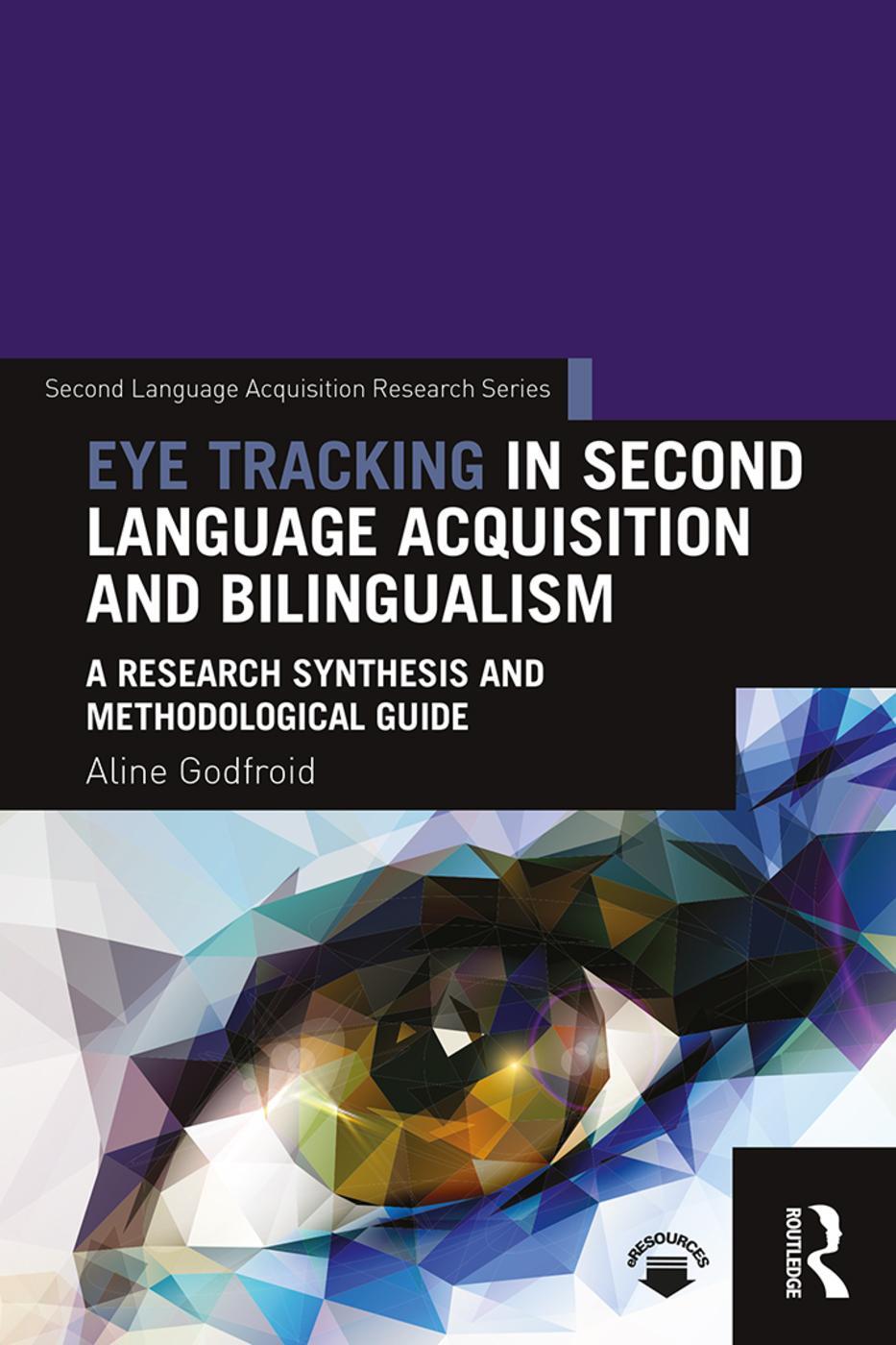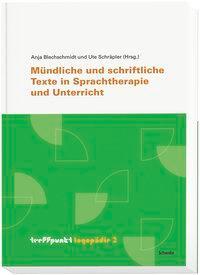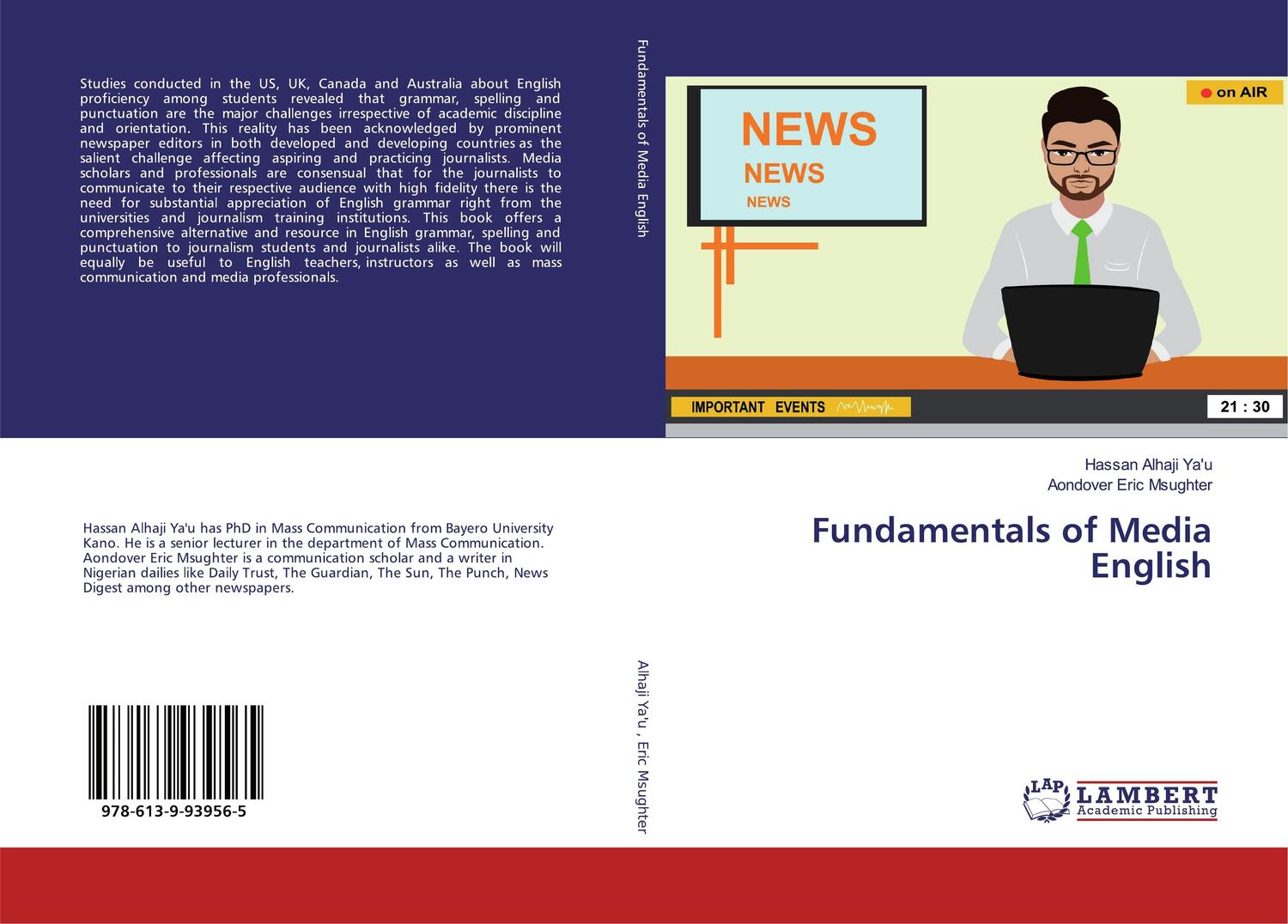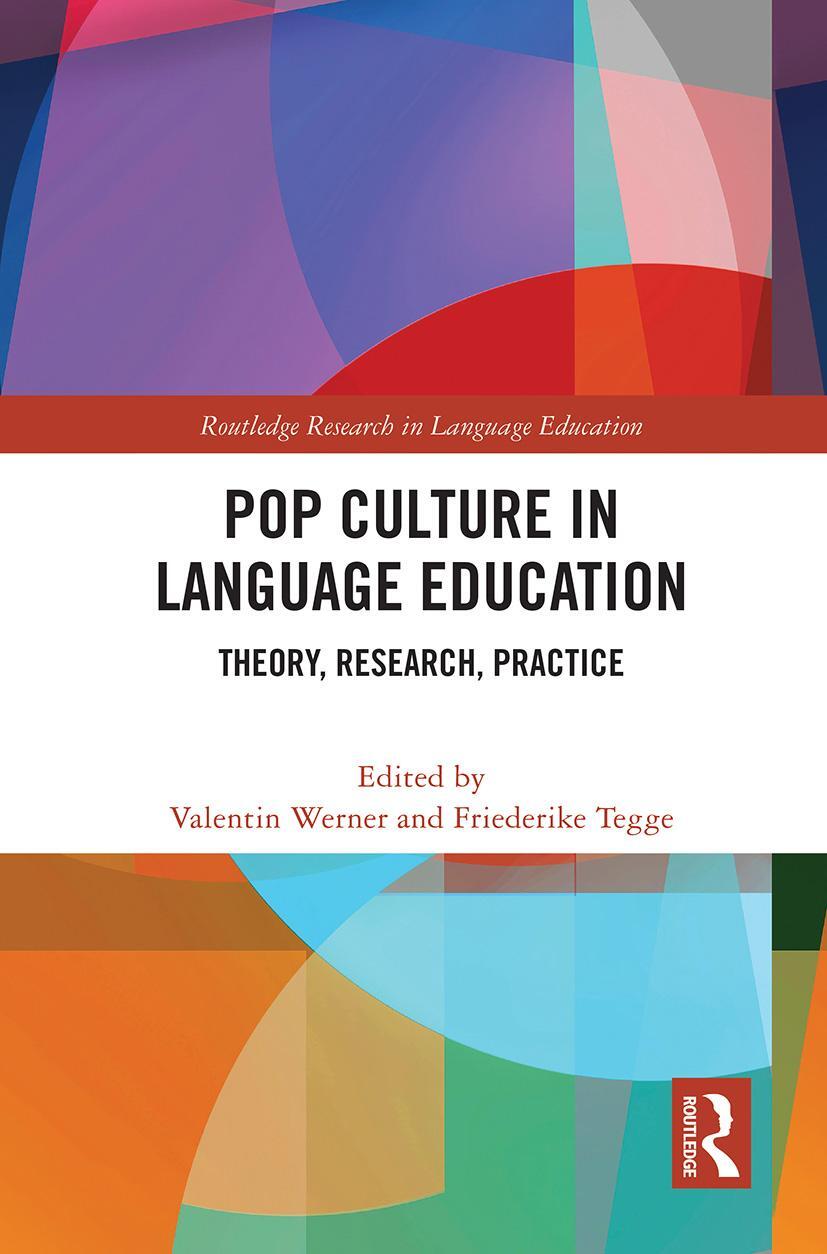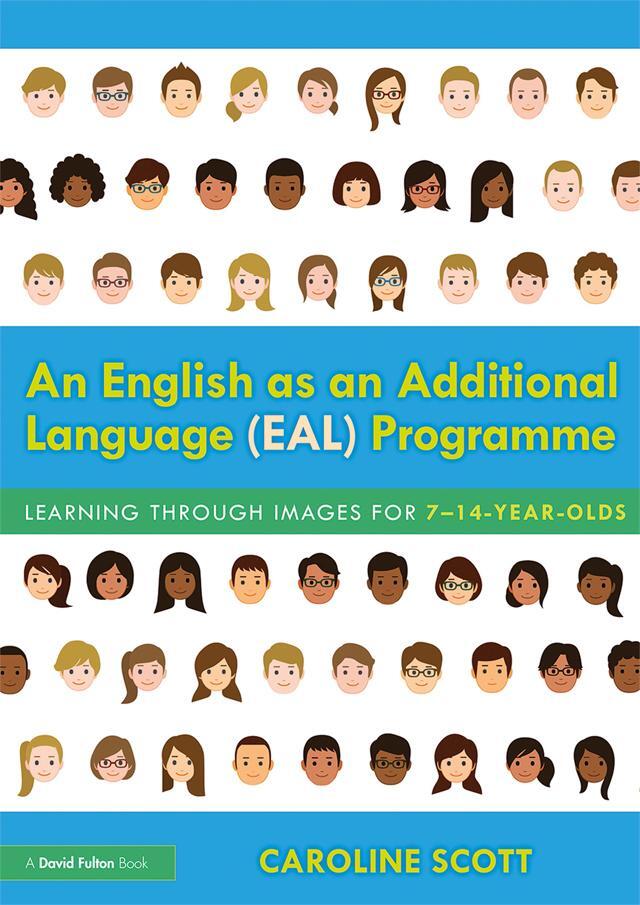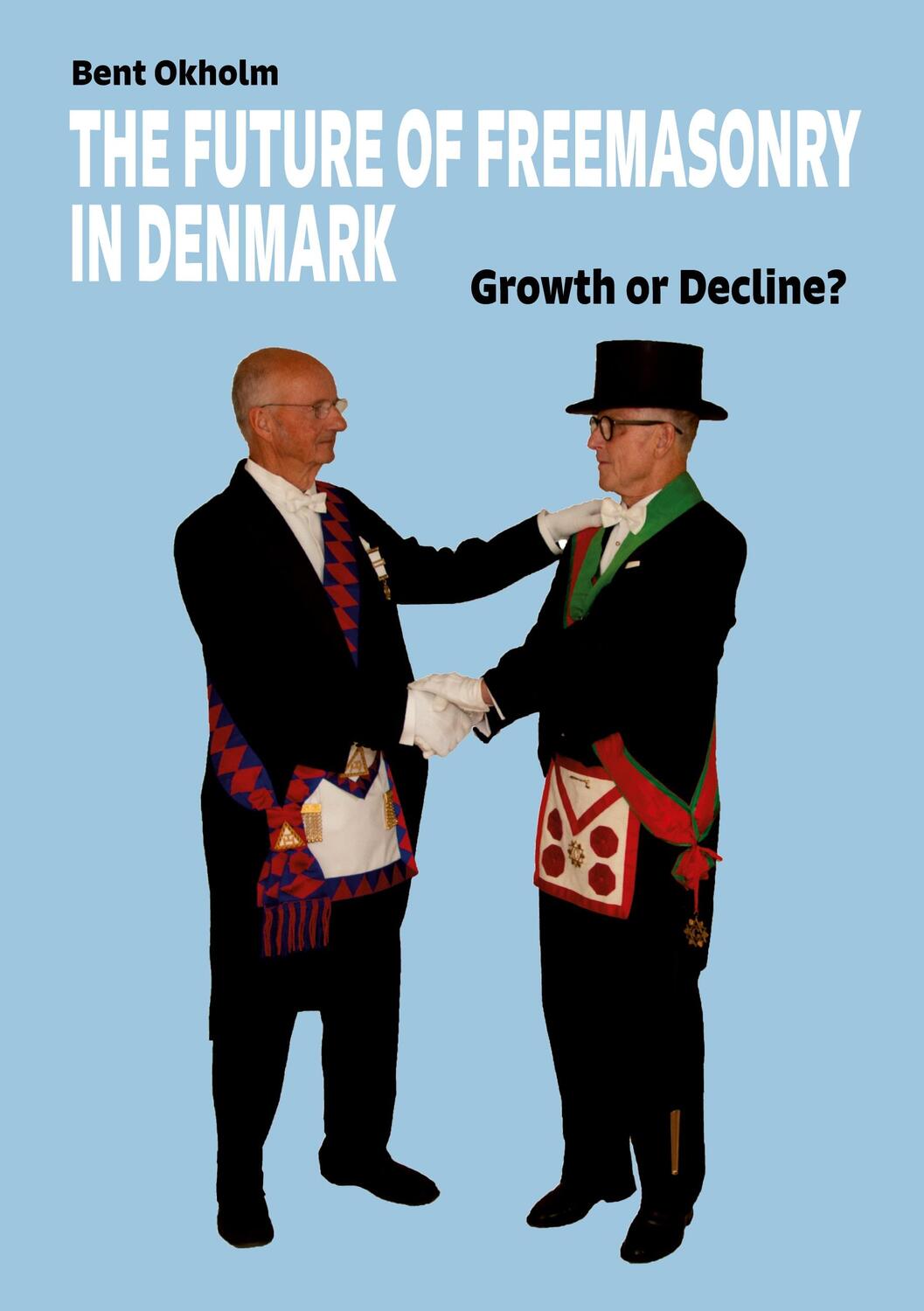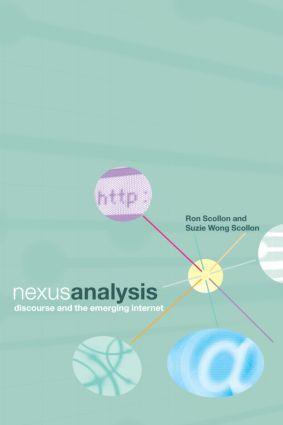90,65 €*
Versandkostenfrei per Post / DHL
auf Lager, Lieferzeit 1-2 Werktage
Eye tracking in SLA and bilingualism provides foundational knowledge and hands-on advice for designing, conducting, and analyzing eye-tracking research. This book will appeal to undergraduate students learning principles of experimental design, graduates developing their theoretical and statistical repertoires, and experienced researchers.
Eye tracking in SLA and bilingualism provides foundational knowledge and hands-on advice for designing, conducting, and analyzing eye-tracking research. This book will appeal to undergraduate students learning principles of experimental design, graduates developing their theoretical and statistical repertoires, and experienced researchers.
Aline Godfroid is an Associate Professor in Second Language Studies and TESOL at Michigan State University. Her primary research interests are in psycholinguistics, vocabulary, quantitative research methods, and eye-tracking methodology. Her research is situated at the intersection of cognitive psychology and second language acquisition and has appeared in numerous international, peer-reviewed journals. Aline Godfroid is Co-Director of the Second Language Studies Eye-Tracking Lab and the recipient of the 2019 TESOL Award for Distinguished Research.
Contents
List of Figures
List of Tables
Preface
Acknowledgements
Chapter 1: Introducing Eye-Tracking
1.1. Online methodologies in language processing research
1.1.1 Think-aloud protocols
1.1.2 Self-paced reading
1.1.3 Eye-tracking
1.1.4 Event-related potentials
1.1.5 Synthesis
1.2 Why study eye movements?
1.3 Summary
Chapter 2: What Do I Need To Know About Eye Movements?
2.1 The observer and the visual field
2.2 Types of eye movements
2.3 The perceptual span
2.4 Where the eyes move
2.5 When the eyes move
2.6 How tight is the eye-mind link? A look at two models of eye-movement control
2.7 Conclusion
Chapter 3: What Topics Can Be Studied Using Text-Based Eye Tracking? A Synthetic Review
3.1 Finding a research topic
3.2 Research strands within text-based eye tracking
3.2.1 Grammar
3.2.2 Vocabulary and the bilingual lexicon
3.2.3 Instructed second language acquisition
3.2.4 Subtitles
3.2.5 Assessment
3.3 Conclusion
Chapter 4: What Topics Can Be Studied Using The Visual World Paradigm? A Synthetic Review
4.1 Foundations of the visual world paradigm
4.2 Research strands within visual world eye tracking
4.2.1 Word recognition
4.2.2 Prediction
4.2.2.1 What is prediction?
4.2.2.2 Semantic prediction
4.2.2.3 Morphosyntactic prediction
4.2.2.4 Prediction using multiple cues
4.2.2.5 Effects of instruction
4.2.3 Referential processing
4.2.4 Production
4.3 Conclusion
Chapter 5: General Principles of Experimental Design
5.1 Doublets, triplets, and quadruplets
5.2 Between- and within-subjects designs
5.3 Trials: practice trials, critical trials, and filler trials
5.4 Primary tasks and secondary tasks
5.5 How many items do I need?
5.6 Conclusion
Chapter 6: Designing an Eye-Tracking Study
6.1 Defining areas of interest
6.1.1 Word-based interest areas
6.1.2 Larger areas of text
6.1.3 Image-based interest areas
6.1.3.1 Images in text-based research
6.1.3.2 Images in the visual world paradigm
6.1.4 Setting interest areas in your own research
6.2 Guidelines for text-based eye-tracking research
6.2.1 Spatial constraints
6.2.2 Artistic factors
6.2.3 Linguistic constraints
6.3 Visual world research
6.3.1 Selecting Images
6.3.1.1 Experimental design
6.3.1.2 Visual properties of images
6.3.1.3 Naming consistency and normed databases
6.3.1.4 Should I have a preview?
6.3.1.5 Should my experiment have a fixation cross?
6.3.2 Preparing audio materials
6.3.2.1 Creating audio materials
6.3.2.2 Defining time periods
6.4 Conclusion
Chapter 7: Eye-Tracking Measures
7.1 Eye-tracking measures in text-based and visual world research
7.2 Eye-movement measures
7.2.1 Fixations and Skips
7.2.1.1 Counts, probabilities and proportions
7.2.1.2 Fixation duration
7.2.1.2.1 Early versus late eye-movement measures
7.2.1.2.2 Overview of durational measures
7.2.1.2.2.1 Early measures
7.2.1.2.2.2 Late measures
7.2.1.3 Fixation latency
7.2.1.4 Fixation location
7.2.2 Regressions
7.2.3 Integrated eye-tracking measures
7.2.3.1 Heatmaps, luminance maps, and gaze plots
7.2.3.2 Scanpaths
7.3 Conclusion: What measures should I use?
Chapter 8: Data Cleaning and Analysis
8.1 Data cleaning
8.1.1 Data cleaning software
8.1.2 Inspecting individual participant records and trials
8.1.3 Correcting for drift
8.2 Dealing with outliers
8.2.1 Dealing with overly short and long fixations
8.2.2 Data transformation
8.2.3 Accounting for outliers: Model criticism or aggressive a-priori screening?
8.3 Overview of statistical practices in current eye-tracking research
8.4 Linear Mixed-Effects Models
8.4.1 What's wrong with repeated-measures ANOVA?
8.4.2 Introducing linear mixed-effects models
8.4.3 Data-driven versus top-down approaches to selecting a random effects structure
8.4.4 Worked example
8.4.5 Reporting the results
8.5 Analyzing time course data
8.5.1 Analyzing separate time windows
8.5.2 Growth curve analysis
8.5.2.1 Data preprocessing
8.5.2.2 Data visualization
8.5.2.3 Logistic or quasi-logistic regression
8.5.2.4 Choosing time terms
8.5.2.5 Worked example
8.5.2.6 Reporting the results
8.6 Synthesis: Which analysis should I use?
Chapter 9: Setting Up An Eye-Tracking Lab
9.1 Choosing an eye tracker
9.1.1 Types of eye trackers and their precursors
9.1.2 Video-based eye trackers
9.1.3 How does an eye-tracker work? Speed, accuracy, and precision
9.2 The eye-tracking lab
9.2.1 Practical considerations
9.2.2 Spatial and technical requirements for a lab
9.2.3 Managing an eye tracking lab
9.3 Getting started
9.3.1 Ideas for research
9.3.2 Tips for beginners
9.3.2.1 About the equipment
9.3.2.2 About data collection
9.3.2.2.1 Organizing the data collection and logistics
9.3.2.2.2 Camera set-up and calibration
9.3.2.3 About data analysis
References
Index
| Erscheinungsjahr: | 2019 |
|---|---|
| Genre: | Allg. & vergl. Sprachwissenschaft |
| Rubrik: | Sprachwissenschaft |
| Medium: | Taschenbuch |
| Seiten: | 415 |
| ISBN-13: | 9781138024670 |
| ISBN-10: | 1138024678 |
| Sprache: | Englisch |
| Einband: | Kartoniert / Broschiert |
| Autor: | Godfroid, Aline |
| Hersteller: | Taylor & Francis Ltd (Sales) |
| Maße: | 228 x 153 x 30 mm |
| Von/Mit: | Aline Godfroid |
| Erscheinungsdatum: | 20.11.2019 |
| Gewicht: | 0,648 kg |
Aline Godfroid is an Associate Professor in Second Language Studies and TESOL at Michigan State University. Her primary research interests are in psycholinguistics, vocabulary, quantitative research methods, and eye-tracking methodology. Her research is situated at the intersection of cognitive psychology and second language acquisition and has appeared in numerous international, peer-reviewed journals. Aline Godfroid is Co-Director of the Second Language Studies Eye-Tracking Lab and the recipient of the 2019 TESOL Award for Distinguished Research.
Contents
List of Figures
List of Tables
Preface
Acknowledgements
Chapter 1: Introducing Eye-Tracking
1.1. Online methodologies in language processing research
1.1.1 Think-aloud protocols
1.1.2 Self-paced reading
1.1.3 Eye-tracking
1.1.4 Event-related potentials
1.1.5 Synthesis
1.2 Why study eye movements?
1.3 Summary
Chapter 2: What Do I Need To Know About Eye Movements?
2.1 The observer and the visual field
2.2 Types of eye movements
2.3 The perceptual span
2.4 Where the eyes move
2.5 When the eyes move
2.6 How tight is the eye-mind link? A look at two models of eye-movement control
2.7 Conclusion
Chapter 3: What Topics Can Be Studied Using Text-Based Eye Tracking? A Synthetic Review
3.1 Finding a research topic
3.2 Research strands within text-based eye tracking
3.2.1 Grammar
3.2.2 Vocabulary and the bilingual lexicon
3.2.3 Instructed second language acquisition
3.2.4 Subtitles
3.2.5 Assessment
3.3 Conclusion
Chapter 4: What Topics Can Be Studied Using The Visual World Paradigm? A Synthetic Review
4.1 Foundations of the visual world paradigm
4.2 Research strands within visual world eye tracking
4.2.1 Word recognition
4.2.2 Prediction
4.2.2.1 What is prediction?
4.2.2.2 Semantic prediction
4.2.2.3 Morphosyntactic prediction
4.2.2.4 Prediction using multiple cues
4.2.2.5 Effects of instruction
4.2.3 Referential processing
4.2.4 Production
4.3 Conclusion
Chapter 5: General Principles of Experimental Design
5.1 Doublets, triplets, and quadruplets
5.2 Between- and within-subjects designs
5.3 Trials: practice trials, critical trials, and filler trials
5.4 Primary tasks and secondary tasks
5.5 How many items do I need?
5.6 Conclusion
Chapter 6: Designing an Eye-Tracking Study
6.1 Defining areas of interest
6.1.1 Word-based interest areas
6.1.2 Larger areas of text
6.1.3 Image-based interest areas
6.1.3.1 Images in text-based research
6.1.3.2 Images in the visual world paradigm
6.1.4 Setting interest areas in your own research
6.2 Guidelines for text-based eye-tracking research
6.2.1 Spatial constraints
6.2.2 Artistic factors
6.2.3 Linguistic constraints
6.3 Visual world research
6.3.1 Selecting Images
6.3.1.1 Experimental design
6.3.1.2 Visual properties of images
6.3.1.3 Naming consistency and normed databases
6.3.1.4 Should I have a preview?
6.3.1.5 Should my experiment have a fixation cross?
6.3.2 Preparing audio materials
6.3.2.1 Creating audio materials
6.3.2.2 Defining time periods
6.4 Conclusion
Chapter 7: Eye-Tracking Measures
7.1 Eye-tracking measures in text-based and visual world research
7.2 Eye-movement measures
7.2.1 Fixations and Skips
7.2.1.1 Counts, probabilities and proportions
7.2.1.2 Fixation duration
7.2.1.2.1 Early versus late eye-movement measures
7.2.1.2.2 Overview of durational measures
7.2.1.2.2.1 Early measures
7.2.1.2.2.2 Late measures
7.2.1.3 Fixation latency
7.2.1.4 Fixation location
7.2.2 Regressions
7.2.3 Integrated eye-tracking measures
7.2.3.1 Heatmaps, luminance maps, and gaze plots
7.2.3.2 Scanpaths
7.3 Conclusion: What measures should I use?
Chapter 8: Data Cleaning and Analysis
8.1 Data cleaning
8.1.1 Data cleaning software
8.1.2 Inspecting individual participant records and trials
8.1.3 Correcting for drift
8.2 Dealing with outliers
8.2.1 Dealing with overly short and long fixations
8.2.2 Data transformation
8.2.3 Accounting for outliers: Model criticism or aggressive a-priori screening?
8.3 Overview of statistical practices in current eye-tracking research
8.4 Linear Mixed-Effects Models
8.4.1 What's wrong with repeated-measures ANOVA?
8.4.2 Introducing linear mixed-effects models
8.4.3 Data-driven versus top-down approaches to selecting a random effects structure
8.4.4 Worked example
8.4.5 Reporting the results
8.5 Analyzing time course data
8.5.1 Analyzing separate time windows
8.5.2 Growth curve analysis
8.5.2.1 Data preprocessing
8.5.2.2 Data visualization
8.5.2.3 Logistic or quasi-logistic regression
8.5.2.4 Choosing time terms
8.5.2.5 Worked example
8.5.2.6 Reporting the results
8.6 Synthesis: Which analysis should I use?
Chapter 9: Setting Up An Eye-Tracking Lab
9.1 Choosing an eye tracker
9.1.1 Types of eye trackers and their precursors
9.1.2 Video-based eye trackers
9.1.3 How does an eye-tracker work? Speed, accuracy, and precision
9.2 The eye-tracking lab
9.2.1 Practical considerations
9.2.2 Spatial and technical requirements for a lab
9.2.3 Managing an eye tracking lab
9.3 Getting started
9.3.1 Ideas for research
9.3.2 Tips for beginners
9.3.2.1 About the equipment
9.3.2.2 About data collection
9.3.2.2.1 Organizing the data collection and logistics
9.3.2.2.2 Camera set-up and calibration
9.3.2.3 About data analysis
References
Index
| Erscheinungsjahr: | 2019 |
|---|---|
| Genre: | Allg. & vergl. Sprachwissenschaft |
| Rubrik: | Sprachwissenschaft |
| Medium: | Taschenbuch |
| Seiten: | 415 |
| ISBN-13: | 9781138024670 |
| ISBN-10: | 1138024678 |
| Sprache: | Englisch |
| Einband: | Kartoniert / Broschiert |
| Autor: | Godfroid, Aline |
| Hersteller: | Taylor & Francis Ltd (Sales) |
| Maße: | 228 x 153 x 30 mm |
| Von/Mit: | Aline Godfroid |
| Erscheinungsdatum: | 20.11.2019 |
| Gewicht: | 0,648 kg |

